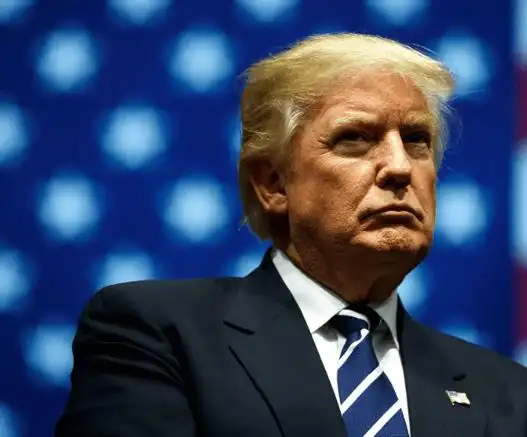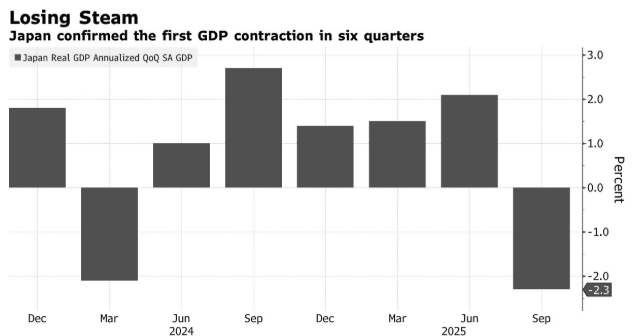At the monthly online meeting that lasted only 11 minutes, major oil-producing countries approved the resumption of 137,000 barrels per day of supply starting from October. This is the first batch of the 1.65 million barrels per day of supply that was originally scheduled to be restored by the end of next year, indicating a cautiously optimistic attitude in the market.
In recent months, the Organization of the Petroleum Exporting Countries (OPEC) and its partners have brought back 2.2 million barrels of previously halted oil production a year ahead of schedule in an attempt to regain market share. This move has shocked the oil market, despite widespread expectations of an impending oversupply. The production resumption has just been completed, but it has not led to a sharp drop in oil prices or an increase in inventories in Western countries, which are the main benchmarks for global oil prices.
In a statement, OPEC+ said it would gradually restore all or part of the 1.65 million barrels of increased production, but did not provide a specific time frame or increment. The statement emphasized that the reduction in production would depend on market conditions and said that if necessary, it might even suspend or reverse the previous increase in production measures. Representatives provided more details privately, saying that the increase in production would be carried out in stages on a monthly basis until September next year. The next meeting will be held on October 5.
Crude oil prices have dropped by 12% this year due to increased production by OPEC+ member countries and other regions as well as the pressure on demand caused by US President Donald Trump’s trade war. However, the market has generally shown surprising resilience to OPEC’s strategic shift, which has given Saudi Arabia and its allies more confidence to further increase oil production.
A representative said that the organization hopes that further growth in sales will offset the impact of falling oil prices on revenue, indicating that the strategy that OPEC+ has pursued since its establishment nearly a decade ago will be reversed.
Further production increases might please Trump. Trump has repeatedly called for lower oil prices to curb inflation and has pressured Russia to end its war in Ukraine. Saudi Crown Prince Mohammed bin Salman is scheduled to visit Washington in November to meet with the US president.
Before this latest move, OPEC+ had agreed to restore daily production by 2.2 million barrels through a series of accelerated increases from April to September, a year ahead of schedule.
The organization’s officials had previously offered a series of explanations for opening the production valve, including attempts to rein in overproducing member states such as Kazakhstan, meeting Trump’s demand for lower prices, and recapturing sales lost to rivals such as US shale drillers.
In the long run, for the global oil market, the measures taken by OPEC+ will weaken the long-standing safety net of idle capacity, which could have been restored to cushion against unforeseen supply shocks.
The decision on Sunday was another surprise move by Saudi Energy Minister Prince Abdulaziz bin Salman, who is known for his penchant for creating unexpected events that catch speculators off guard.
At the beginning of this week, most of the crude oil traders and analysts surveyed by Bloomberg News predicted that the eight major OPEC+ countries would maintain stable production at Sunday’s meeting, but then reports emerged that the organization would consider increasing production.


